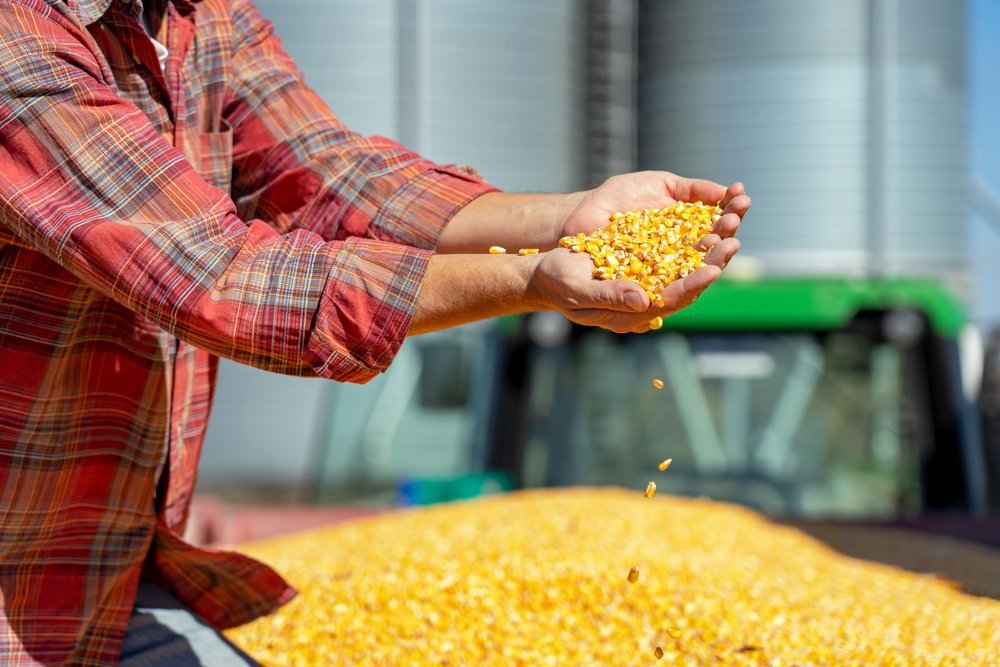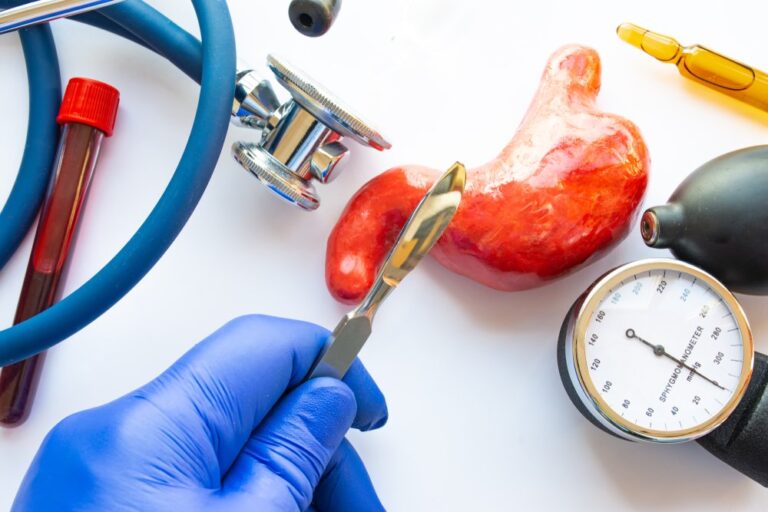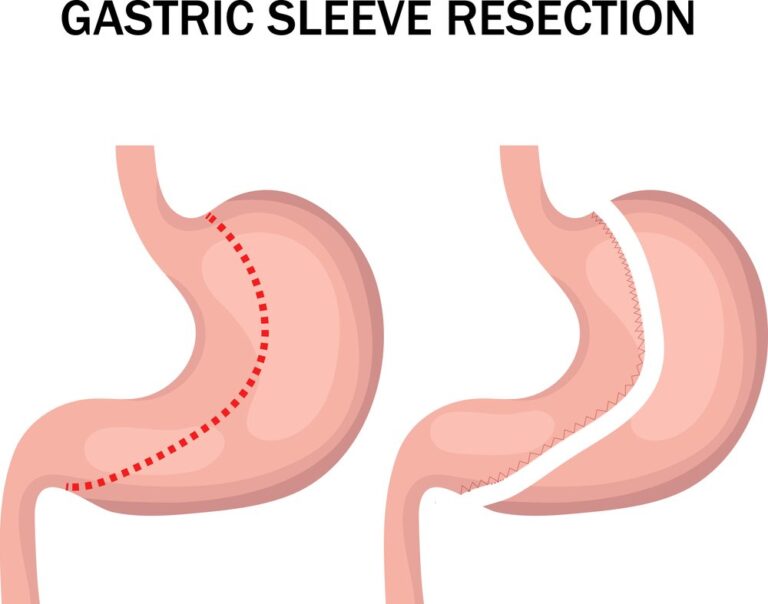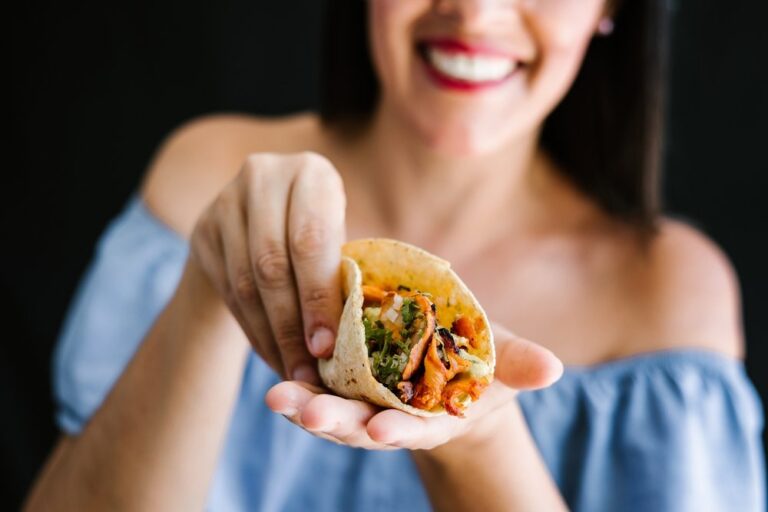If you’re asking about whether corn is allowed after gastric sleeve surgery, it’s important to consult with your healthcare provider or a registered dietitian who can provide personalized advice based on your specific needs and progress. However, here is some general information regarding corn after gastric sleeve surgery:
| Gastric Sleeve Recovery and Corn Consumption |
|---|
| Initial post-operative phase |
| Transition to solid foods |
| Considerations for corn |
| Nutritional content |
Get a $1000 Off on Gastric Sleeve in Miami
When Can You Start Introducing Solid Foods After Gastric Sleeve Surgery?
The timing for introducing solid foods after gastric sleeve surgery can vary depending on individual progress and the guidance of your healthcare provider. Typically, the transition to solid foods occurs in the weeks following the surgery. However, it’s important to note that this timeline may vary, and it’s crucial to follow the specific recommendations provided by your healthcare team.
Here is a general progression of the diet stages after gastric sleeve surgery:
- Clear liquid diet: In the immediate post-operative phase, you will start with a clear liquid diet, which includes fluids such as water, broth, sugar-free gelatin, and clear protein drinks. This phase helps maintain hydration and allows the stomach to heal.
- Full liquid diet: After a few days, you will progress to a full liquid diet, which includes foods like protein shakes, low-fat milk, and strained soups. This phase helps provide additional nutrients and protein.
- Pureed or mashed foods: Typically, around two to four weeks after surgery, you will transition to pureed or mashed foods. These foods should have a smooth consistency and be easy to digest. Examples include pureed vegetables, lean ground meats, and cottage cheese.
- Soft foods: After the pureed stage, you will gradually introduce soft, well-cooked foods. This phase allows for more variety in texture and includes foods such as tender meats, cooked vegetables, and soft fruits.
- Solid foods: Eventually, you will be able to reintroduce solid foods into your diet. The timing for this phase varies, but it generally occurs around six to eight weeks after surgery. Your healthcare provider or dietitian will provide specific guidelines on the types of solid foods to include and portion sizes.
During each phase, it’s important to follow the guidance of your healthcare provider or registered dietitian. They will monitor your progress, assess your tolerance to different foods, and provide recommendations tailored to your individual needs.

Guidelines for Including Corn in Your Diet
If you are looking for guidelines on including corn in your diet, here are some general considerations:
- Post-surgery recovery: After gastric sleeve surgery, you will go through different diet phases. Corn is typically introduced during the soft or pureed food phase, which occurs several weeks after surgery. Follow the specific guidelines provided by your healthcare provider or registered dietitian regarding the timing and progression of your diet stages.
- Portion control: Pay attention to portion sizes when incorporating corn into your diet. While corn is nutritious, it contains carbohydrates, so it’s important to be mindful of your overall carbohydrate intake. Balancing portion sizes with other components of your meal is key to maintaining a balanced diet.
- Preparation methods: Opt for healthier cooking methods such as steaming, boiling, or grilling corn instead of adding excessive fats or oils. Avoid adding butter, cream, or high-calorie toppings that can increase the calorie content of the dish.
- Nutritional benefits: Corn is a good source of dietary fiber, vitamins (such as folate and vitamin C), and minerals (such as manganese and phosphorus). It can be a nutritious addition to your diet when consumed in moderation.
- Individual tolerance: Every individual’s tolerance to different foods can vary. Listen to your body and observe how it reacts to corn. Some individuals may have difficulty tolerating corn due to its fibrous nature. If you experience discomfort, bloating, or any digestive issues, it may be best to limit or avoid corn until your body adjusts.
- Variety and balance: While corn can be included in your diet, it’s important to maintain a well-rounded and balanced eating plan. Incorporate a variety of other fruits, vegetables, lean proteins, and whole grains to ensure you’re getting a wide range of nutrients.
Remember, these are general guidelines, and it’s important to consult with your healthcare provider or a registered dietitian who can provide personalized advice based on your specific needs and progress. They can help tailor your diet plan and ensure it aligns with your overall health goals after gastric sleeve surgery.
Preparing and Modifying Corn for Optimal Digestion
Preparing and modifying corn can help improve its digestibility and maximize its nutritional benefits. Here are some tips for preparing and modifying corn for optimal digestion:
- Cooking methods: Steaming, boiling, or grilling corn are preferred cooking methods as they help soften the kernels and make them easier to digest. Avoid frying or deep-frying, as this can add unnecessary fat and make the corn harder to digest.
- Removing the husk and silk: Before cooking, remove the husk and silk from the corn. This helps eliminate any potential irritants and allows for more efficient cooking.
- Cutting or grinding: To further enhance digestibility, consider cutting the kernels off the cob or grinding the corn into a coarse meal. This breaks down the tougher cellulose fibers, making it easier for your body to process.
- Soaking: If you’re using dried corn or cornmeal, soaking them before cooking can help improve their digestibility. Soaking for a few hours or overnight can help soften the corn and reduce cooking time.
- Balancing with other foods: Pairing corn with other easily digestible foods, such as lean proteins or cooked vegetables, can aid digestion. Including a variety of nutrient-rich foods in your meal can help balance your overall digestion and nutrient absorption.
- Individual tolerance: Everyone’s digestive system is unique, so listen to your body and observe how it reacts to corn. If you experience any discomfort or digestive issues, it may be helpful to reduce your corn intake or try different preparation methods.

Remember to consult with your healthcare provider or a registered dietitian if you have specific dietary concerns or digestive issues. They can provide personalized advice based on your individual needs and help you optimize your digestion and nutrition.
The Role of Texture Modification in Post-Surgery Eating
Texture modification plays an important role in post-surgery eating, particularly after procedures such as gastric sleeve surgery. Here are some key points about the role of texture modification in the post-surgery phase:
- Progressing through diet stages: After surgery, the initial diet stages typically start with clear liquids and gradually progress to full liquids, pureed foods, soft foods, and finally solid foods. Texture modification is an essential component of these stages, allowing your body to adjust to different textures as you recover.
- Ensuring easier digestion: Texture modification helps ensure that foods are easier to chew, swallow, and digest during the early stages of recovery. Pureeing or mashing foods into a smoother consistency reduces the need for extensive chewing and makes them more manageable for your altered digestive system.
- Minimizing discomfort: After surgery, your stomach’s capacity is reduced, and it may take time for your body to adjust to solid foods. Texture modification can help minimize discomfort, such as feelings of fullness or pressure, by providing foods that are easier to tolerate.
- Preventing blockages or complications: Texture modification is crucial for preventing potential blockages or complications in the healing phase. Chewing thoroughly, pureeing or mashing foods, and avoiding foods that are hard or have sharp edges can reduce the risk of complications such as food getting stuck or causing irritation.
- Gradual reintroduction of textures: Texture modification allows for a gradual reintroduction of different textures as you progress through the diet stages. Starting with liquids and moving towards soft or solid foods helps your body adapt and ensures a smoother transition in your eating patterns.
- Individual tolerance and guidance: The level of texture modification needed may vary from person to person. It’s essential to follow the specific guidance provided by your healthcare provider or registered dietitian, who will consider your individual needs, progress, and any surgical modifications that may affect your ability to tolerate certain textures.
Remember, texture modification is a temporary measure during the recovery phase. As your body heals and adjusts, you will gradually reintroduce more regular textures into your diet. It’s important to follow the recommended dietary progression and seek guidance from your healthcare team to ensure a safe and successful recovery.
Portion Control Strategies for Incorporating Corn
Portion control is important when incorporating corn into your diet, especially after gastric sleeve surgery. Here are some strategies to help you manage portion sizes effectively:
- Use measuring tools: Use measuring cups or a food scale to accurately measure your portion of corn. This helps you stay mindful of the recommended serving sizes and prevents overeating.
- Follow recommended serving sizes: Refer to nutritional labels or reliable sources to determine the recommended serving sizes for corn. This typically ranges from half a cup to one cup, depending on the preparation and type of corn.
- Fill a smaller plate or bowl: Use a smaller plate or bowl when serving yourself corn. The smaller dish size can create the illusion of a larger portion, making you feel satisfied with a smaller amount.
- Include corn in balanced meals: Instead of having a large serving of corn as the main component of a meal, incorporate it as part of a well-balanced plate. Fill a portion of your plate with a serving of corn alongside lean protein, vegetables, and a whole grain source. This way, you can enjoy the flavors and benefits of corn while ensuring a balanced overall meal.
- Practice mindful eating: Take your time to eat and savor each bite of corn. Pay attention to the taste, texture, and satisfaction you get from the food. Eating slowly and mindfully can help you feel more satisfied with smaller portions.
- Listen to your body’s hunger and fullness cues: Pay attention to your body’s signals of hunger and fullness. Stop eating when you feel comfortably satisfied, even if there is still food left on your plate.
- Freeze or store excess corn properly: If you have leftover corn, freeze it in appropriate portion sizes for future use. This prevents you from consuming more than desired in one sitting and allows you to enjoy corn in controlled portions later on.
When Should You Consult Your Healthcare Team About Including Corn?
It is important to consult your healthcare team, specifically your healthcare provider or registered dietitian, about including corn in your diet after gastric sleeve surgery or any other medical conditions. Here are some situations when it’s advisable to consult your healthcare team:
| Situations Requiring Consultation with Healthcare Team about Including Corn |
|---|
| Post-surgery guidelines |
| Individual tolerance |
| Nutritional considerations |
| Weight management goals |
| Medication interactions |
Please note that this table provides general situations where consulting your healthcare team is advisable, but individual circumstances may vary. It’s important to consult with your healthcare provider or registered dietitian for personalized advice based on your specific needs and progress.
The Importance of Following a Proper Post-Surgery Diet
Following a proper post-surgery diet is crucial for a successful recovery after any surgical procedure, including gastric sleeve surgery. Here are some key reasons highlighting the importance of adhering to a post-surgery diet:
- Facilitates healing: A post-surgery diet is designed to support the healing process by providing the necessary nutrients for tissue repair and wound healing. It helps reduce the risk of complications and promotes faster recovery.
- Minimizes discomfort and digestive issues: After surgery, your digestive system may be sensitive and adjusting to changes. A proper post-surgery diet helps minimize discomfort, such as bloating, gas, or nausea, by introducing foods that are easier to digest and gentle on the stomach.
- Promotes weight loss and management: Following a structured post-surgery diet helps facilitate weight loss and supports long-term weight management goals. The diet typically includes portion control and balanced nutrition, ensuring you get essential nutrients while promoting a healthy rate of weight loss.
- Adjusts to surgical modifications: Certain surgical procedures, such as gastric sleeve surgery, involve alterations to the digestive system. A post-surgery diet takes these modifications into account, gradually introducing different food textures and portions to accommodate the changes and ensure optimal digestion.
- Reduces the risk of complications: Adhering to a post-surgery diet helps minimize the risk of complications, such as malnutrition, nutrient deficiencies, dehydration, or digestive issues. It ensures you’re receiving adequate nutrition while allowing your body to adjust to its new metabolic and digestive capabilities.
- Provides guidance and structure: A post-surgery diet provides clear guidelines and structure for your eating habits, helping you navigate the early stages of recovery. It helps establish healthy eating patterns and portion control, setting the foundation for long-term success.
- Supports long-term lifestyle changes: Following a proper post-surgery diet helps instill healthy habits and prepares you for long-term lifestyle changes. It provides an opportunity to develop a positive relationship with food, make informed food choices, and prioritize nutrition and overall well-being.
It’s important to consult with your healthcare provider or a registered dietitian to receive personalized guidance on your specific post-surgery diet. They will consider your individual needs, surgical procedure, and recovery progress to provide recommendations tailored to you.
References:
- Healthgrades. (2022). Eating After Gastric Sleeve Surgery. Retrieved June 6, 2022
- BariatricPal. (2022). Can I Eat Corn After Gastric Sleeve Surgery? Retrieved Jan18, 2022






